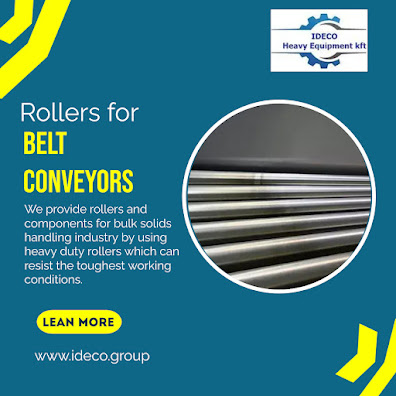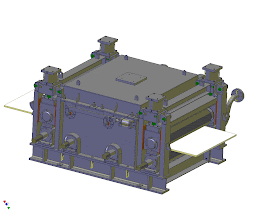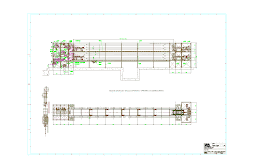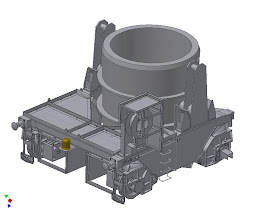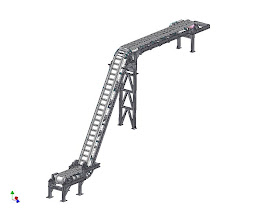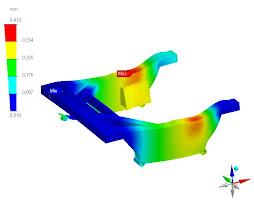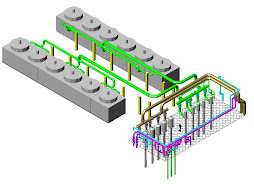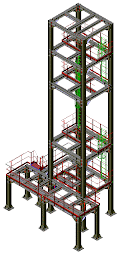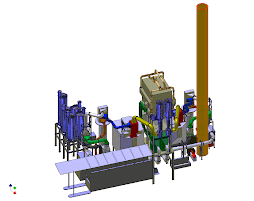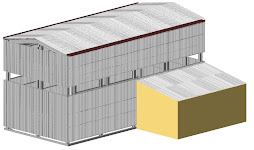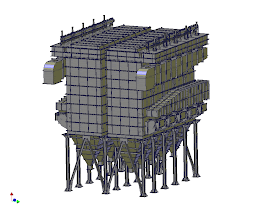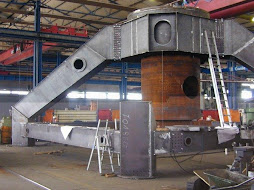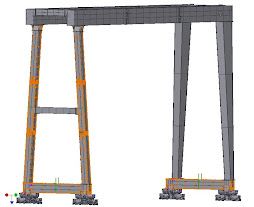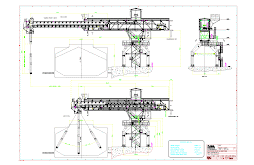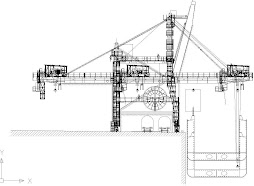In the world of mining, where colossal machinery extracts invaluable resources from the earth, the paramount concern is the safety of both the personnel operating the equipment and the equipment itself. Mechanical engineers, at the forefront of innovation, are developing and implementing cutting-edge solutions to minimize risks and ensure that mining operations unfold with a heightened focus on safety. In this article, we will explore several engineering strategies that are reshaping the safety landscape in the mining sector.
1. Autonomous
Vehicles for Hazardous Environments:
Mining operations often take place in harsh and hazardous environments. Autonomous vehicles, guided by advanced engineering, are increasingly becoming a staple in these settings. These vehicles, devoid of human operators, navigate through challenging terrains, reducing the risk of accidents and injuries associated with human presence in dangerous areas.
2. Smart Sensors and
Real-time Monitoring:
The implementation of smart sensors and real-time monitoring systems has become a game-changer in risk mitigation. Mechanical engineers are incorporating these technologies into mining equipment to provide continuous data on performance and environmental conditions. This proactive approach enables early detection of potential risks, allowing for preventive actions before issues escalate.
3. Ergonomic Design
for Operator Well-being:
Recognizing the toll that extended hours in the operator's seat can take on well-being, mechanical engineers are focusing on ergonomic design. Cabin layouts, controls, and seating arrangements are optimized to enhance operator comfort and reduce the risk of musculoskeletal problems, ensuring that the human-machine interface is conducive to both productivity and health.
4. Predictive
Maintenance Strategies:
Unplanned downtime due to equipment failure is not just a logistical challenge but also a safety risk. Predictive maintenance, fueled by artificial intelligence and machine learning, is addressing this issue. By predicting potential failures before they occur, engineers can schedule maintenance activities, reducing the chances of sudden breakdowns that might pose safety risks.
5. Enhanced
Visibility Solutions:
Visibility is a critical factor in ensuring safe mining operations, especially with large-scale equipment. Advanced engineering solutions integrate cameras, sensors, and augmented reality technologies to eliminate blind spots and enhance overall situational awareness for operators, reducing the risk of accidents.
6. Blast Design
Optimization:
Mining involves controlled explosions for excavation, and optimizing blast design is crucial for safety. Mechanical engineers are pioneering innovations in explosive materials and blast modeling techniques to minimize environmental impact and reduce the risk of unintended consequences, ensuring that the extraction process is both efficient and safe.
7. Intelligent
Emergency Response Systems:
In the event of emergencies, time is of the essence. Intelligent emergency response systems, a product of engineering innovation, leverage connectivity and automation to facilitate rapid and coordinated responses. These systems enhance the overall safety net, ensuring that any incidents are met with swift and effective countermeasures.
8. Comprehensive
Training Simulations:
Training is a cornerstone of safety. Advanced training
simulations, another achievement of engineering, allow operators to familiarize
themselves with mining equipment in a virtual environment. These simulations
contribute to better-prepared personnel, reducing the learning curve when
transitioning to real-world operational scenarios.
In conclusion, the marriage of cutting-edge engineering
solutions with an unwavering commitment to safety is reshaping the narrative of
mining operations. Mechanical engineers, armed with innovation and foresight,
are leading the charge towards a future where the mining industry thrives with
heightened efficiency and, most importantly, unparalleled safety. As the mining
sector continues to evolve, the emphasis on safety by design ensures that each
advancement is a step towards a safer and more sustainable industry.









